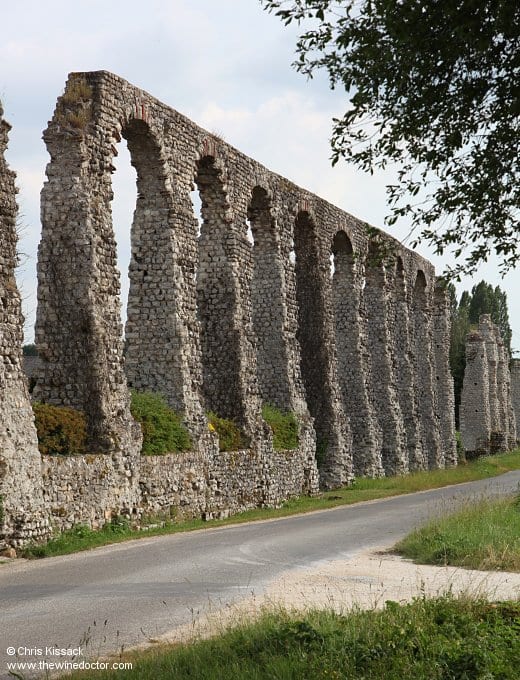Loire Valley Wine Guide: History
The Loire is France’s longest river, and no single history can be successfully applied to all its wine regions. The historical influences on viticulture to the south of Nantes, for example, are very different to those that have driven or shaped the planting of vines around Vouvray, or Sancerre, or Roanne. Many regions and indeed many individual vineyards have their own tales to tell. There are stories of disaster, like the frost that wiped out the vineyards of Muscadet in 1709, and there are stories of prosperity, of which the symbiotic relationship that developed between Sancerre and the bistro culture of Paris following World War II would be one good example. One thing all these stories have in common is that they deserve exploring in detail, and so rather than skip through them here I will come to each one in turn, as I work my way through the appellations and regions.
Therefore in this very brief introduction to the history of wine in the Loire Valley I will merely aim to provide a few pointers along the region’s viticultural timeline, looking only at the most significant influences on wine, those influences that gave birth to viticulture and winemaking, and those that shaped it significantly along the way. Rather than focus on any one region, I will try to look at the broader influences that shaped winemaking along the length of the river. This means, in the space of a few short paragraphs, we will skip quickly from the arrival of the vine here, in antiquity, through to the genesis of the appellation system in the early 20th century. But it is an introduction, nothing more than that. It should be regarded as a framework upon which we can build when it comes to my region- and appellation-based guides.
The Romans
In any European vineyard it seems that there is only ever one culprit when it comes to the first vines to be planted, the first grapes to be picked and harvested, and the Loire Valley is no exception to this rule. It was the Romans who first introduced winemaking to the region, arriving here from their outposts along the Mediterranean coastline and up and down the Rhone Valley. If that seems like something of a jump (perhaps you are thinking but what about all the land between the two?) it is worth remembering that the Loire rises in the Auvergne, barely fifty miles from the course of the Rhône. Once you have moved from one to the other it is a simple process of following the river, and once the flow of water is sufficiently grand you can of course sail all the way to the Atlantic.

